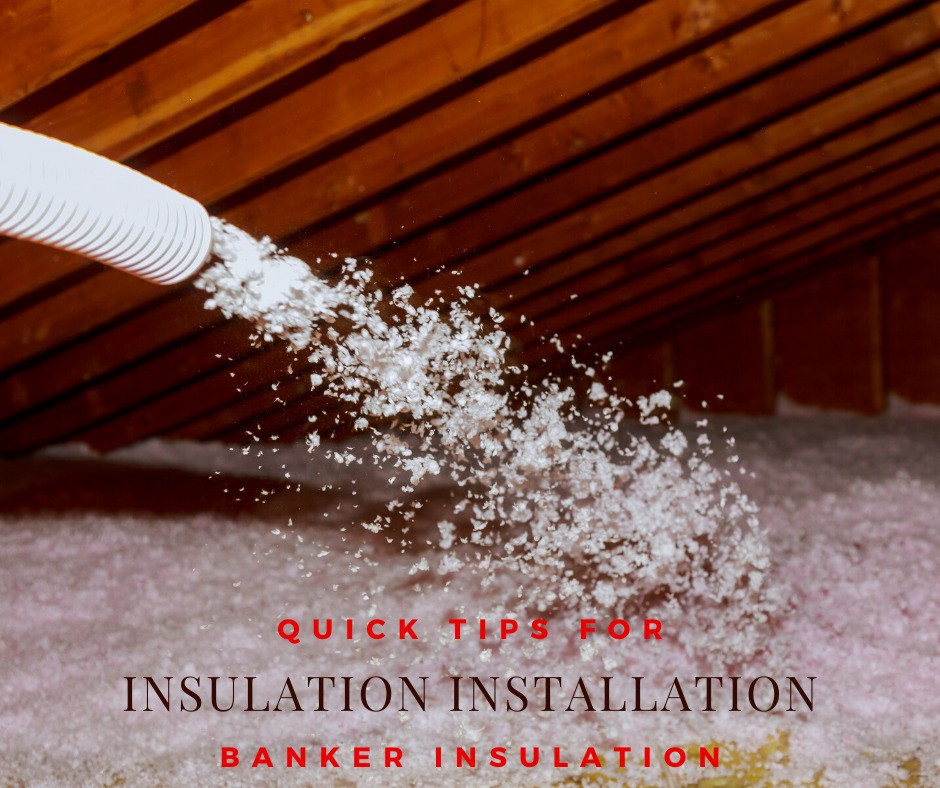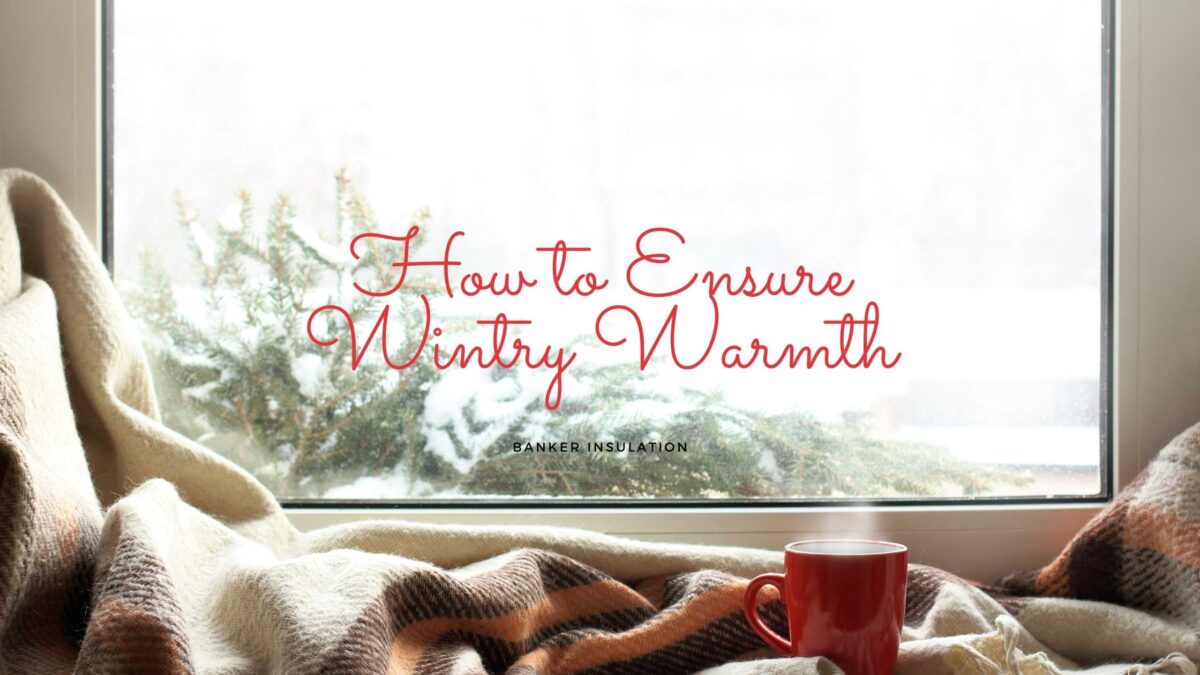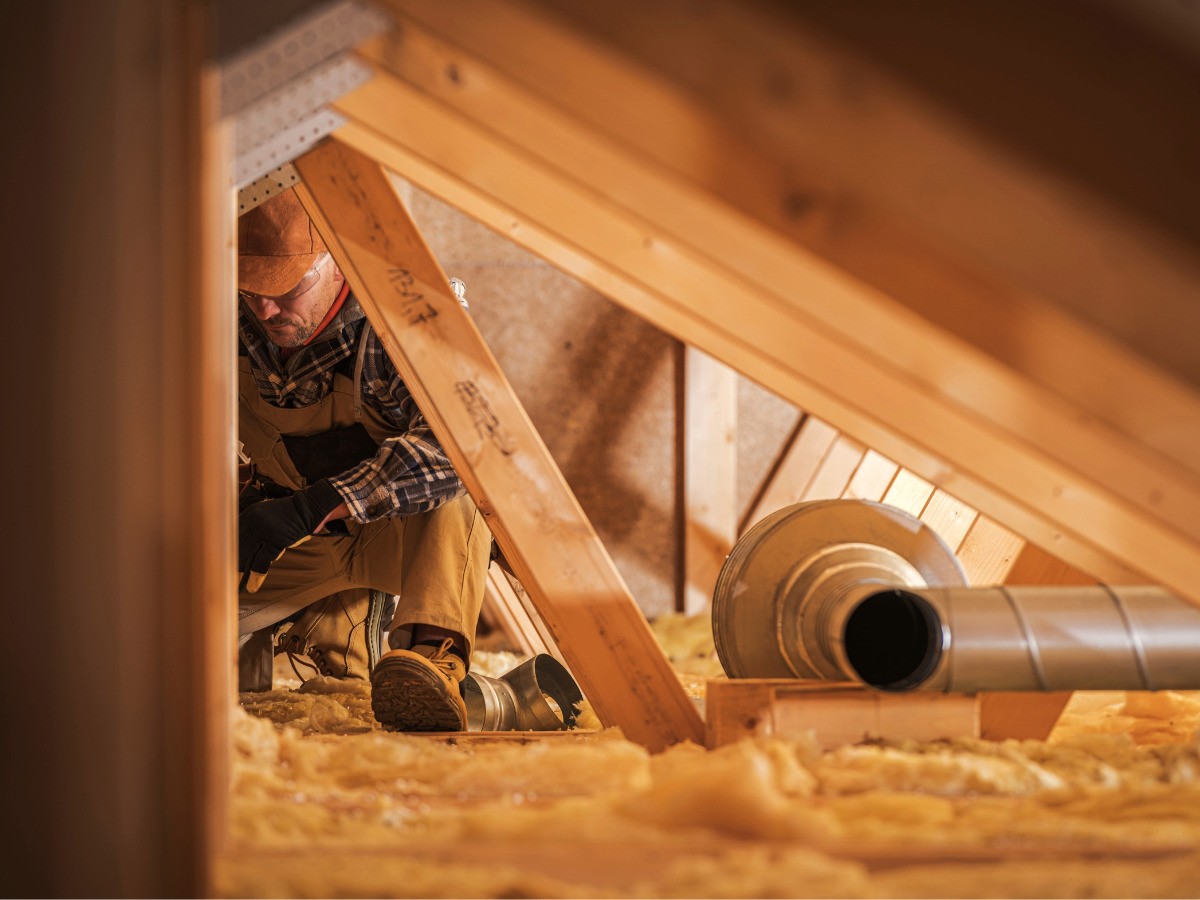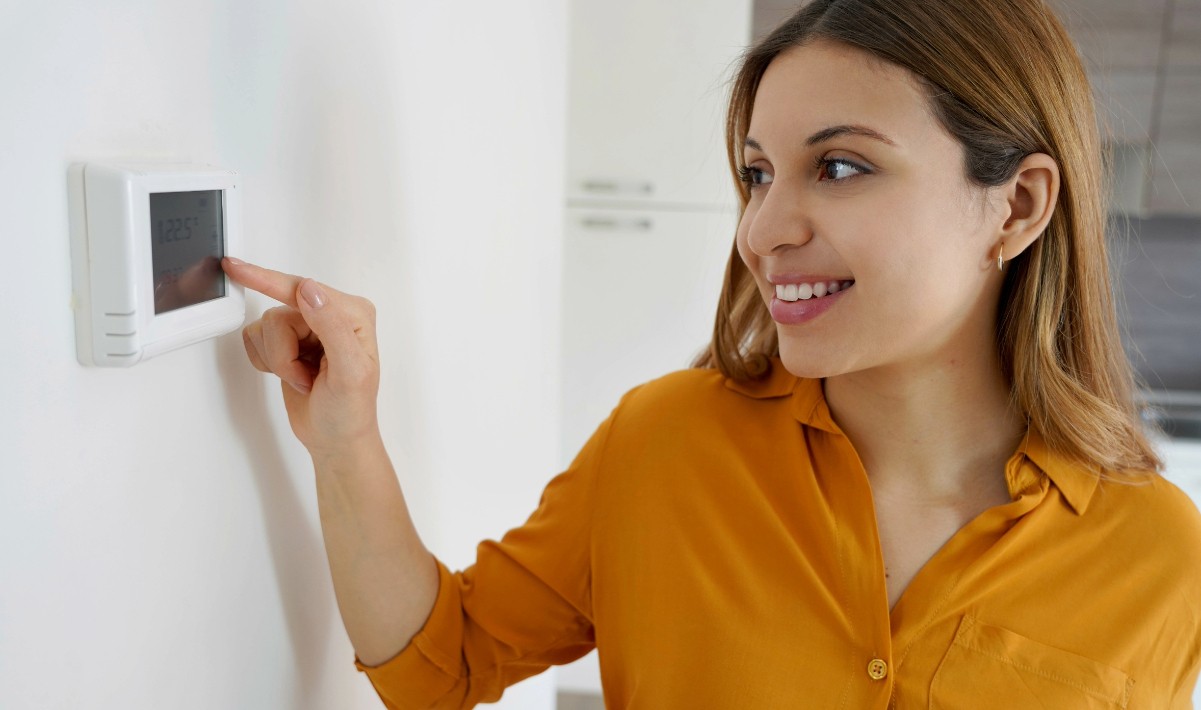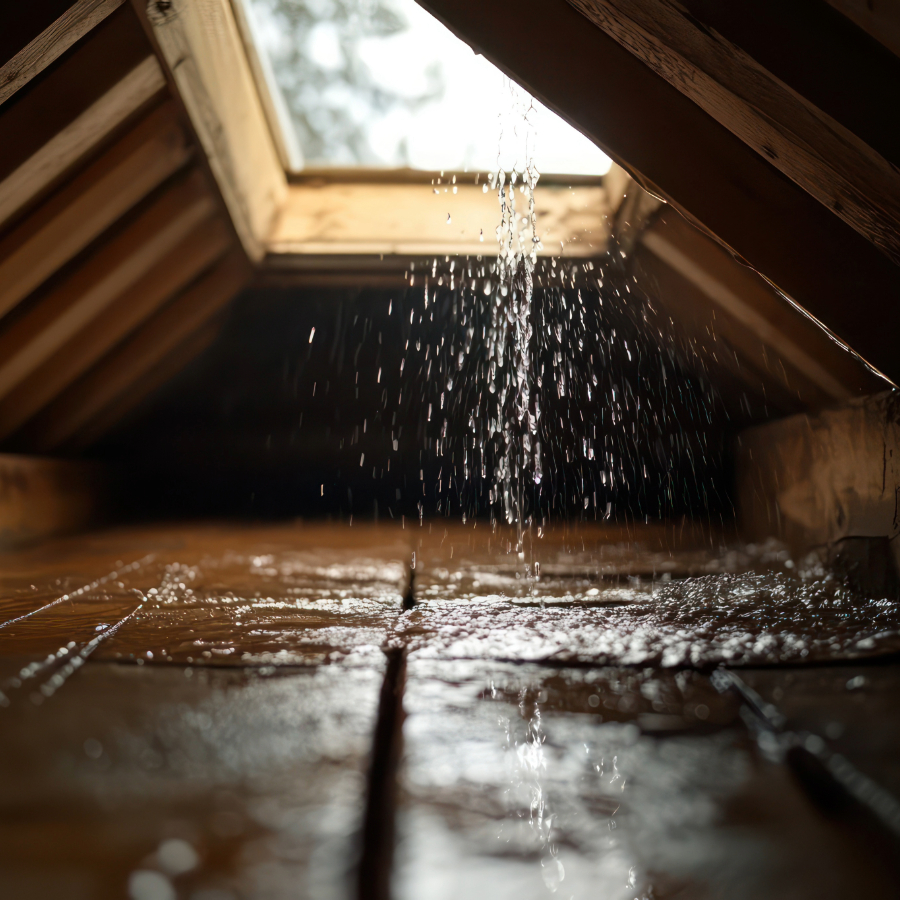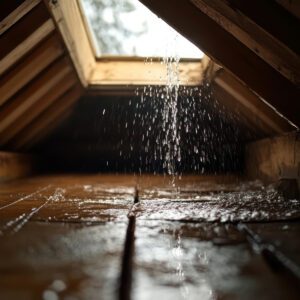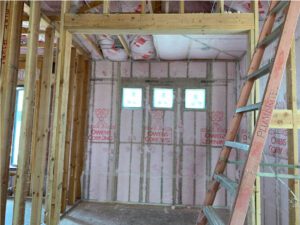Easy Tips to Boost Your Home’s Comfort and Slash Energy Bills
In the unique climates of Arizona and New Mexico, proper insulation plays a crucial role in regulating indoor temperatures and saving energy. By creating an effective barrier against heat transfer, insulation can dramatically improve your home’s comfort while significantly reducing energy costs, especially in regions known for extreme temperature swings.
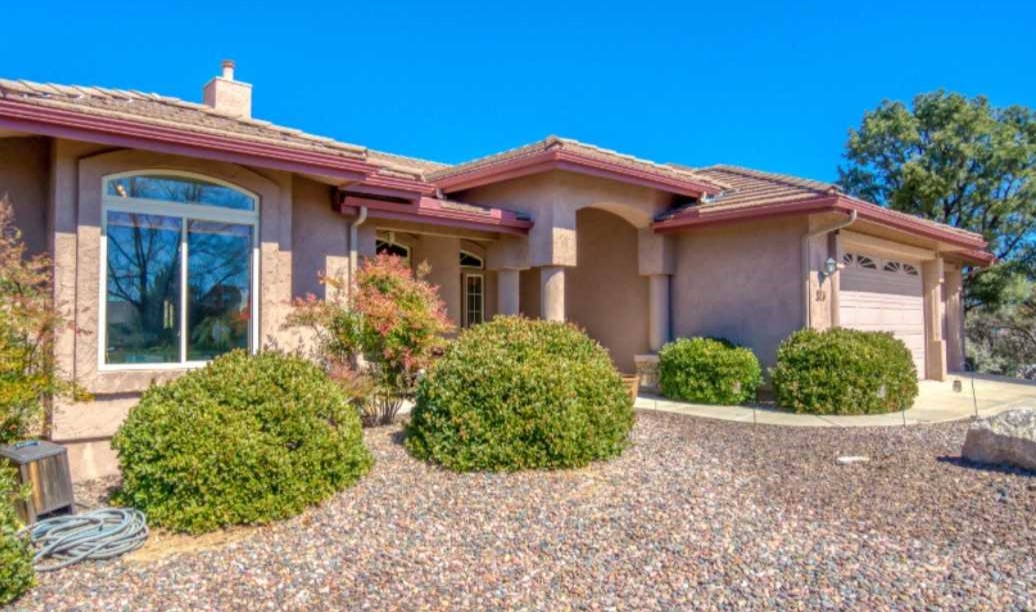
The Importance of Insulation in the Desert Southwest
The Southwest presents specific challenges for you and fellow homeowners: scorching summers, surprisingly cold winters, and unique building materials like adobe. Insulation acts as a thermal barrier, keeping your home cool in summer and warm in winter.
While insulation helps keep your home comfortable year-round, it offers a host of other benefits that you and your wallet will appreciate.
- Less strain on your HVAC system. Insulation allows your heating and cooling system to work less.
- Lower energy bills. Less stress on your AC means less money you have to pay each month in energy costs.
- Potential tax incentives and rebates for energy upgrades. Get rewarded for improving your home’s energy efficiency.
- Increased home value. An energy efficient home with quality insulation and energy upgrades is always a big deal to eco-friendly buyers.
Have an Energy Audit Done–Your First Step to Savings
A professional energy audit is invaluable for identifying hidden air leaks and insulation gaps, assessing your current insulation’s effectiveness, and determining if it meets the recommended R-value for your home state.
At Banker Insulation, our Chandler location offers expert home energy audits to help you prioritize energy-saving solutions. Our professionals use tools like blower door tests and infrared scanners to detect energy inefficiencies and provide tailored recommendations for energy upgrades.
Selecting the Right Insulation for Your Home
When choosing insulation, focus on the R-value–a measure of insulation’s ability to resist heat flow. Higher R-values generally provide better insulation, especially in the extreme climate of Arizona and New Mexico. Every state has been placed into one or more designated climate zones that have certain insulation R-value recommendations for every part of your home including your attic, walls, floors, ceilings, basement and/or crawl space. See table (right) for recommended R-values in our region.
There are a variety of effective insulation materials available to you. Many homeowners often use more than one type of insulation for the different parts of their home. Check with your installer to see which types of insulation they offer. Some of the popular insulation types include:
- Blown-in: Cellulose is an eco-friendly choice made of recycled paper products and great for filling gaps, while fiberglass insulation is budget friendly and versatile.
- Insulation batts: Batts can be made of fiberglass or mineral wool that snugly fits between wall studs and ceiling joists.
- Spray Foam: Open-cell and closed-cell spray foam insulation offers excellent air sealing and insulating and high R-value.
| Location | Arizona | New Mexico |
|---|---|---|
| Attic | R38 to R60 | R38 to R60 |
| Walls | R13 to R20 | R20 |
| Ceilings | R38 to R49 | R38 to R49 |
| Floors | R13 to R30 | R19 to R30 |
Why Professional Installation Matters
While DIY insulation may seem tempting, professional installation ensures maximum efficiency and safety. Experts have the tools, experience, and protective gear necessary to handle various insulation materials properly and ensure seamless and effective installation. This includes wearing a dust mask and long-sleeved clothing when working with fiberglass insulation, and using a utility knife for precise cuts to guarantee insulation snugly fits in all spaces.
A professional insulation company like Banker Insulation will walk you through every step of the installation process and work with you to choose the right insulation materials for your home. You can have peace of mind that your insulation is installed right the first time, for maximum effectiveness, when you trust the job to a professional.
Partner with Arizona and New Mexico’s Insulation Experts
At Banker Insulation, we have been a trusted local leader in insulation and energy conservation since 1977, offering comprehensive services to homeowners like you including:
- A wide range of insulation materials for all home types
- Professional installation solutions tailored to our desert climate
- Home energy audits (Chandler location only)
- Soundproofing solutions
- Insulation removal
With eight Arizona locations and one in Albuquerque, we demonstrate a strong commitment to quality and customer satisfaction throughout the region.

Ready to boost your home’s comfort and slash your energy bills? Our team of experts is ready to help you select the best insulating materials to maximize the performance and energy efficiency of your Arizona or New Mexico home. Rest easy, we’ve got your home covered from top to bottom with quality insulation solutions to make your home more energy efficient and comfortable year-round. Contact us today to learn more about our insulation products and services and receive your free estimate.

